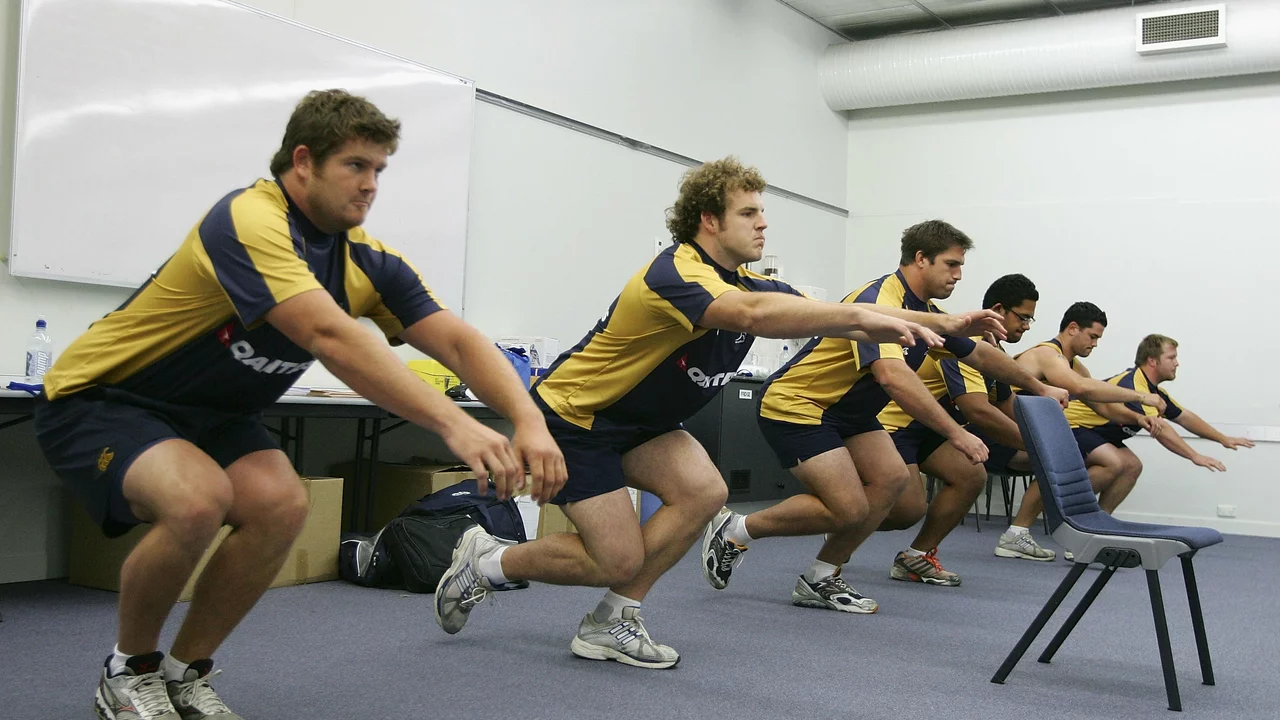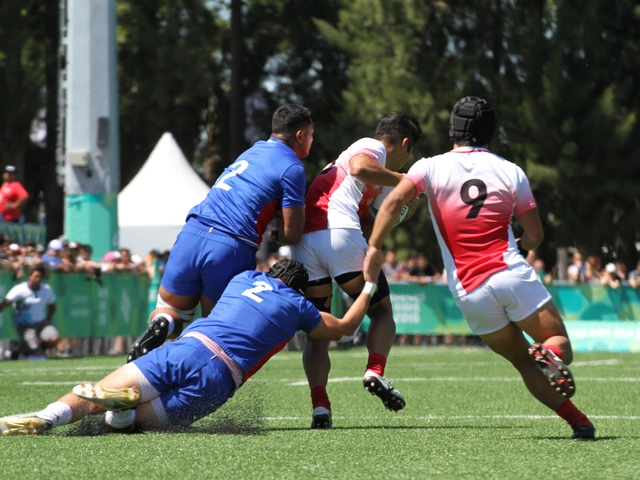Size Requirements for Rugby Gear – What You Really Need
If you’re gearing up for a season, the first thing to sort out is whether your kit fits you right. The wrong size can sting on the field, slow you down, or even cause injury. Below we break down the key size rules for jerseys, boots, protective gear and the ball, plus quick tips on checking your own measurements.
Jerseys, Shorts and Socks – Fit Matters
Rugby jerseys are cut looser than a typical t‑shirt because you need room to move, tackle and stay cool. Measure your chest at the fullest point, then add about 2‑3 inches. That extra space lets the fabric stretch without pulling. Shorts should sit just above the knee and have a snug waist – a flexible elastic or drawstring works best. For socks, go by calf length: they should reach mid‑calf without slipping, and the elastic band should be firm but not cutting.
Boots and Protective Gear – Safety First
Boot sizing can be tricky. Start with your normal shoe size, then try the rugby boot on with the socks you’ll wear in matches. Your toes should have a finger’s width of space at the front, and the heel must stay locked in place when you run. Laces need to stay tight all game – a loose lace can cause ankle twists. For mouthguards, choose a custom‑fit option if you can; a boil‑and‑bite type should cover all teeth and feel snug, not bulky. Shoulder pads, scrum caps and thigh guards all follow the same rule: they should cover the target area fully, without restricting motion.
When it comes to the ball, size matters by age group. Mini‑size (size 3) is for under‑8s, junior (size 4) for under‑13s, and adult (size 5) for everyone 14 and older. The ball’s circumference and weight are fixed for each size, so just pick the correct label. A ball that’s too big makes handling harder, while a too‑small one can bounce out of control.
Most clubs also ask for basic player measurements at registration: height, weight and chest girth. Knowing these numbers helps coaches place you in the right position and ensures the kit ordered matches the squad. Keep a simple spreadsheet at home; update it each season as you grow or change weight.
Quick checklist before you buy:
- Chest measurement + 2‑3 in for jersey.
- Shorts length to sit just above the knee.
- Sock length to mid‑calf, elastic firm.
- Boots: toe space = one finger, heel stable.
- Mouthguard covers all teeth, snug fit.
- Protective gear covers target area, no restriction.
- Ball size matches age group.
By sticking to these size requirements you’ll feel comfortable, move freely and stay safer on the pitch. No more adjusting gear mid‑game or worrying about fits that don’t work. So next time you shop, grab your tape measure, check the label and get gear that truly fits your game.
Taking up rugby has less to do with size and more to do with determination and skill. While bigger players might seem dominating, rugby is a game for all shapes and sizes, each with their unique strengths. Small players often have speed and agility, making them invaluable on the field. So, it's not about size, it's about how you use your abilities to contribute to the team. In rugby, heart and passion outsize physical stature.
READ MORE





